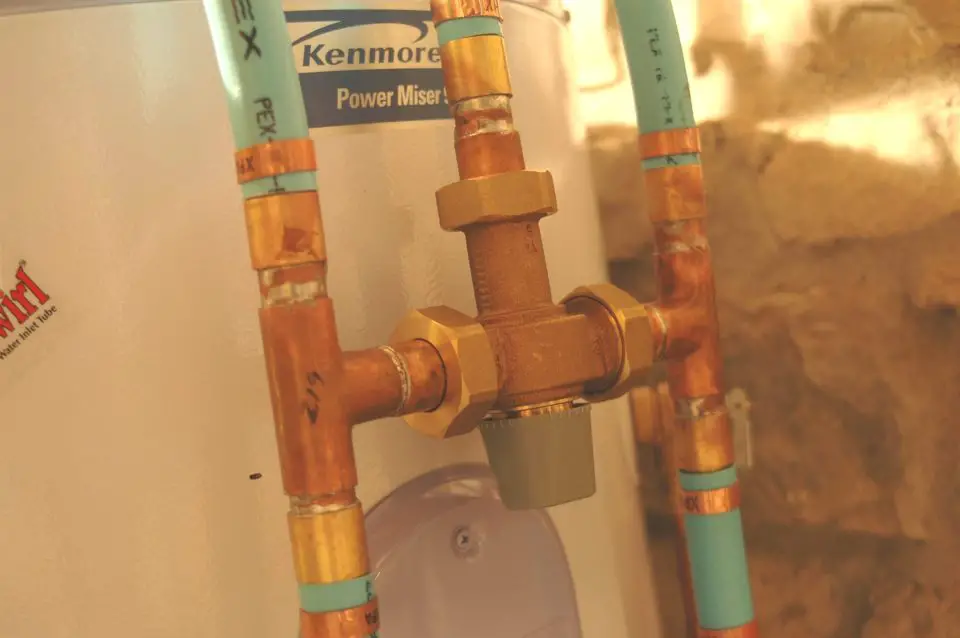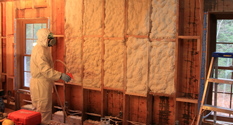
The hot water that comes out of your taps may be more of a danger than you realize. It all comes down to avoiding excess temperature, but one specific piece of hardware let’s you do something about it.
Dangers of Hot Water
According to health and safety authorities everywhere, the 60°C (140ºF) water delivered by many tank-style water heaters can cause severe burns in a matter of seconds. Drop that temperature back just a little to 49°C (120ºF), and it takes two full minutes of skin contact before the same degree of burning occurs. All this sounds like great safety advice and it is, until you actually lower the thermostat on your hot water tank. Have you ever tried it? That’s when you’ll notice how much more quickly you run out of hot water. A lower tank temperature means you need to mix proportionally more hot with the cold water to get a temperature that’s just right for showering, washing dishes and running hot loads in the washing machine.
Then there’s the microbial dangers of running your hot water tank too cool. Temperatures lower than 49°C can allow the growth of harmful bacteria, including the kind that causes Legionnaires Disease. In my own case, before I knew about the hazards of low water heater tank temperature, I cranked the setting down as low as it could go to save on energy. But when sulphur-hungry microbes infected the tank and caused the water to smell like rotten eggs, I knew I needed more heat. As it turns out, there is a way to make the water coming out of your taps virtually burn-proof and also bacteria proof, while also retaining a full measure of hot water when you need it. The trick is a small piece of hardware sometimes called a mixing valve or tempering valve. This is even more important for me now since I heat my water with an outdoor wood boiler that sometimes makes the water in the tank way too hot for safety.
What a Mixing Valve Does
The last time I installed a new hot water tank at my house I included a mixing valve. The model of valve I bought is made by Watts, and cost about $90. This sounds expensive until you see the unit. It’s heavy duty, all-brass and comes with the fittings you need to connect to 3/4″ diameter pipe. That’s the valve installed below at my place.
All mixing valves work the same way. Scalding hot water directly from the tank is combined with a controlled amount of cold water within the valve itself, depending on how you have it adjusted. The fully hot water in the tank lasts a long time and remains sterile, without ever getting directly to your taps and causing danger. You dial in whatever temperature you want for the hot side of your water system. The Watts valve I used has a locking feature to prevent the temperature control knob from being tampered with after it’s set.
Installing a mixing valve does require you to shut off your water supply, cut into the pipes, then connect the valve. This is intermediate-level DIY work so it’s not for everyone, though everyone could have a mixing valve installed by a pro. Does this seem like more trouble than it’s worth? While you might never need such a thing to protect you and your housemates, accidents can happen. The dangers of too-hot water are especially great with the young and very old. I think of a mixing valve as a preventative safety feature.
Hot water is one of the essentials of civilized life, but it also causes unnecessary suffering each year. It doesn’t have to be this way at your place. A little understanding and a little equipment goes a long way to keep your hot water flowing without getting you into the kind of “hot water” that nobody likes.












